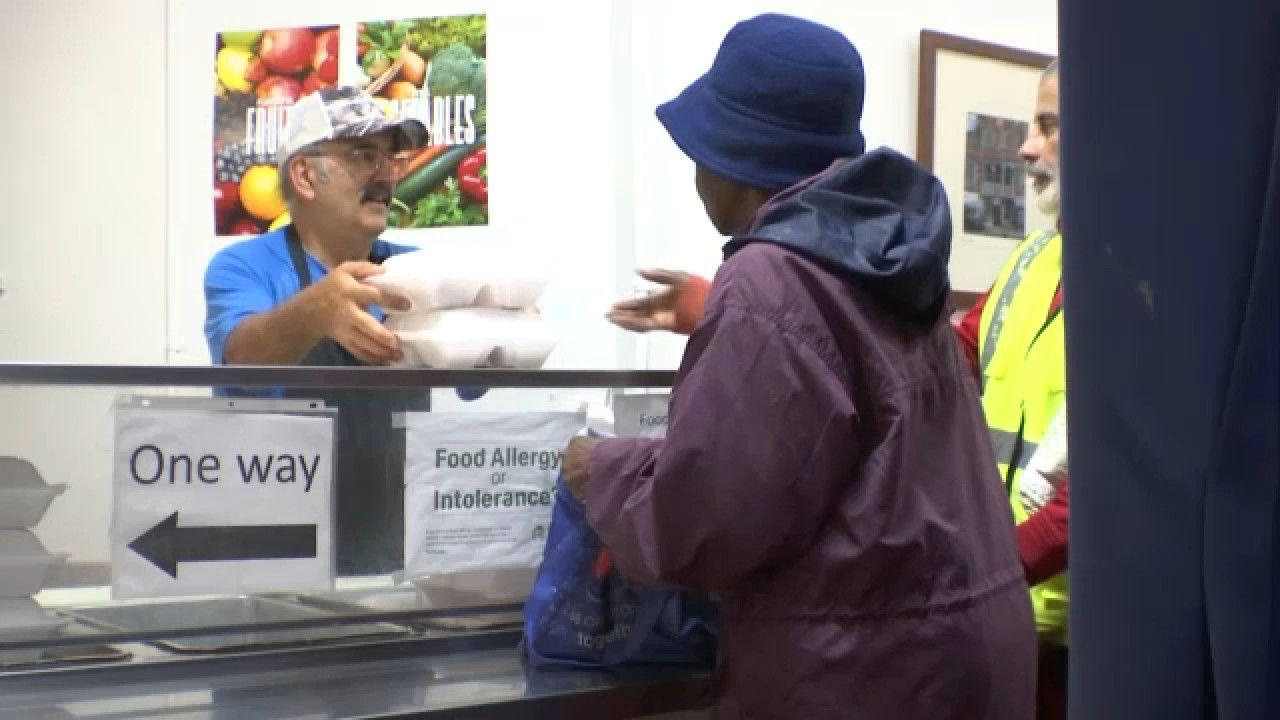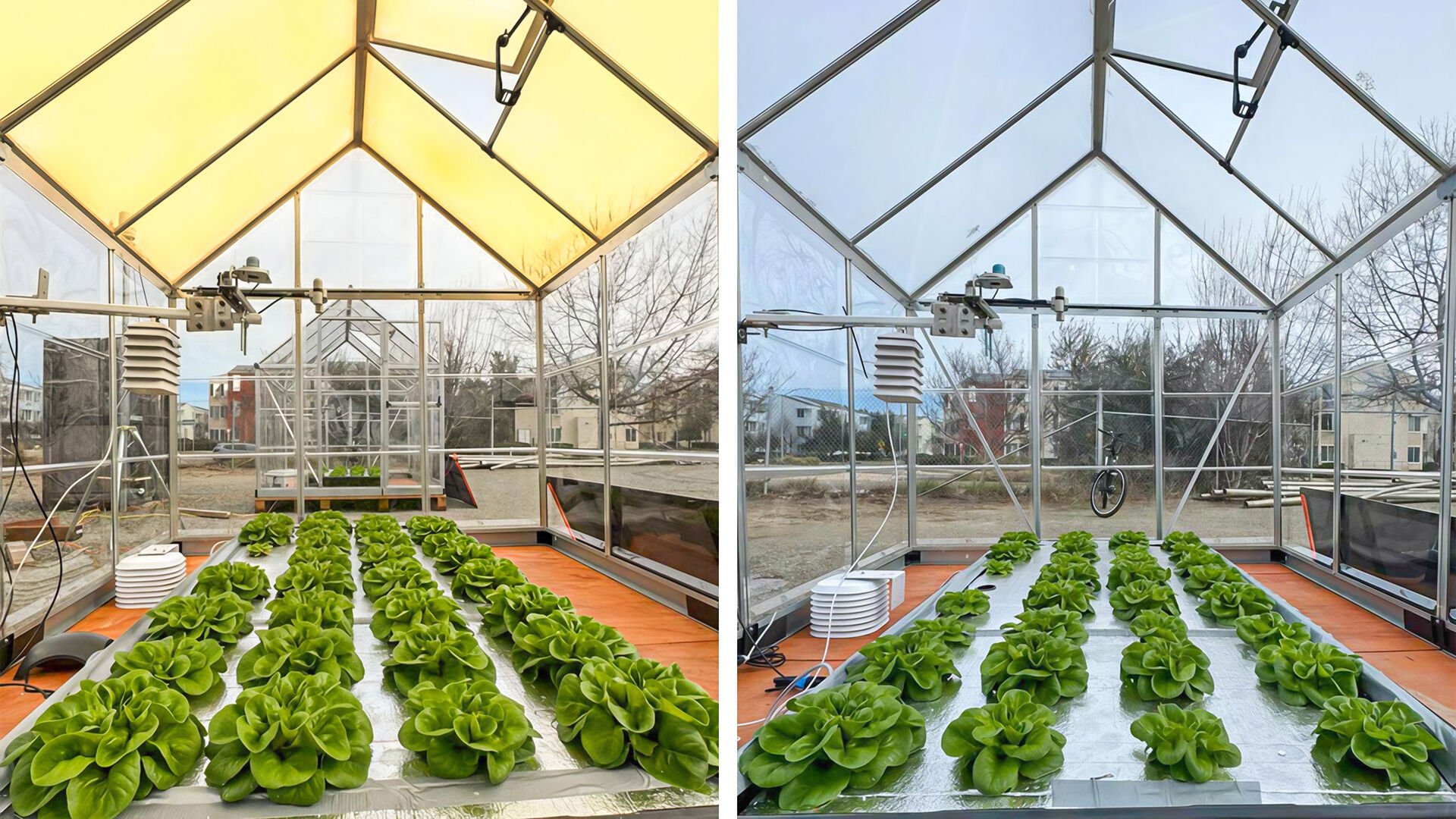Factors Influencing Nitrogen Fertilizer Application Rates and Timing in Illinois – farmdoc daily

Report on Nitrogen Fertilizer Management Practices and Alignment with Sustainable Development Goals
Introduction: Agricultural Inputs and Global Sustainability
Effective nutrient management is critical for achieving global food security as outlined in Sustainable Development Goal 2 (Zero Hunger). However, the use of nitrogen fertilizers presents challenges related to economic viability and environmental impact, directly engaging SDG 12 (Responsible Consumption and Production). Recent volatility in fertilizer markets, exacerbated by geopolitical events, has heightened economic pressures on producers. This report analyzes the findings of a 2024 survey of Illinois corn farmers to assess how their nitrogen application decisions align with broader sustainability objectives, including climate action and ecosystem protection.
Survey Methodology and Respondent Profile
A survey was conducted in fall 2024, supported by the Illinois Corn Growers’ Association, to evaluate local input markets and decision-making processes. This report focuses on the responses of 110 Illinois corn farmers.
- Geographic Distribution: The majority of respondents were from central Illinois.
- Farm Size: Most participants operated farms of less than 2,500 acres.
- Operation Type: Primarily grain operations, with land tenure split between owned and rented properties.
- Application Method: A mix of custom application (40%), self-application (25%), and a combination of both.
Analysis of Farmer Decision-Making in the Context of SDGs
Nitrogen Application Rates: A Move Towards Responsible Production (SDG 12)
Farmers’ decisions on application rates are increasingly complex, reflecting a shift towards more precise and responsible production methods. This data-driven approach is fundamental to achieving the targets of SDG 12.
- Reliance on Multiple Information Sources: Most farmers consult 3 to 4 sources, indicating a comprehensive approach to decision-making. This practice supports efficient resource use and minimizes waste.
- Key Information Sources Utilized:
- University Extension recommendations
- Independent professional advisors
- Retailer recommendations
- Soil test results
- Fertilizer and corn prices
- Partnerships for Sustainable Knowledge (SDG 17): The significant reliance on University Extension services and professional advisors highlights the importance of partnerships in disseminating best practices for sustainable agriculture.
Application Timing: Prioritizing Environmental Stewardship
The timing of nitrogen application is a critical factor in its efficacy and environmental impact. The survey reveals that farmers’ decisions are strongly influenced by a desire to minimize nutrient loss, a practice that directly supports several key SDGs.
- Minimizing Nutrient Loss (SDG 13, 14, 15): Illinois farmers ranked the “potential for nutrient losses” as the most important factor in timing decisions. This concern is crucial for:
- SDG 13 (Climate Action): Reducing the emission of nitrous oxide, a potent greenhouse gas resulting from fertilizer breakdown.
- SDG 14 (Life Below Water) & SDG 15 (Life on Land): Preventing nutrient runoff that leads to water pollution (eutrophication) and harms aquatic and terrestrial ecosystems.
- Prevalence of Spring Application: The majority of nitrogen is applied in the spring (pre-planting, at planting, or post-planting), a strategy consistent with minimizing the risk of nutrient loss compared to fall applications. This demonstrates a practical application of principles aligned with environmental protection.
- Factors Influencing Timing Decisions (Ranked by Importance):
- Potential for nutrient losses
- Spring weather and planting conditions
- Fertilizer prices
- Fertilizer availability
- Fall weather and harvest conditions
Conclusion: Economic Incentives Driving Sustainable Outcomes
The survey findings indicate a strong alignment between the practices of Illinois farmers and the objectives of the Sustainable Development Goals. Economic pressures, such as high fertilizer costs, are creating powerful incentives for increased efficiency. This drive for efficiency converges with environmental stewardship, as farmers prioritize the reduction of nutrient loss.
By leveraging multiple information sources and making strategic timing decisions, farmers are enhancing the economic sustainability of their operations (contributing to SDG 8: Decent Work and Economic Growth) while simultaneously advancing goals for responsible production (SDG 12), climate action (SDG 13), and ecosystem preservation (SDG 14 & 15). These practices underscore a positive trend where agricultural management is increasingly integral to achieving global sustainability targets.
Identified Sustainable Development Goals (SDGs)
The article on fertilizer application decisions by Illinois farmers addresses and connects to several Sustainable Development Goals (SDGs). The core issues of agricultural productivity, resource management, economic viability for farmers, and environmental protection are central to the global development agenda.
-
SDG 2: Zero Hunger
This goal is addressed through the article’s focus on optimizing the use of nitrogen, an “essential nutrient for the production of many crops, including corn.” By improving fertilizer efficiency, farmers can enhance crop productivity and yields, which is fundamental to ensuring food security. The article discusses how farmers make decisions to “improve crop yields” and manage costs, directly contributing to stable and productive food systems.
-
SDG 12: Responsible Consumption and Production
The article is fundamentally about sustainable production patterns in agriculture. It highlights the “greater incentives for farmers to optimize fertilizer efficiencies to control costs and limit nutrient losses.” This focus on the efficient use of a key agricultural input (nitrogen fertilizer) and the reduction of waste (nutrient loss) aligns perfectly with the principles of responsible consumption and production.
-
SDG 6: Clean Water and Sanitation
While not explicitly mentioning water quality, the article’s emphasis on nutrient loss is directly relevant to this goal. Nutrient runoff from agricultural fields is a primary source of non-point source water pollution, leading to eutrophication and degrading water ecosystems. The finding that “the potential for nutrient losses was rated the most important factor for N application timing decisions” shows a clear connection to practices that protect water resources.
-
SDG 15: Life on Land
The management of soil health is a key component of protecting terrestrial ecosystems. Inefficient fertilizer use can lead to soil degradation and nutrient imbalances. The article’s discussion of using “soil test results” to guide application rates and timing decisions that “limit nutrient losses” points to practices that help maintain soil quality and prevent land degradation.
Specific SDG Targets
Based on the article’s content, several specific targets under the identified SDGs can be identified:
-
Target 2.4: By 2030, ensure sustainable food production systems and implement resilient agricultural practices that increase productivity and production, that help maintain ecosystems… and that progressively improve land and soil quality.
The article details how farmers are adopting more sustainable practices. For instance, the shift towards more spring applications of nitrogen, as “the trend towards more spring-applied N is consistent with nutrient loss potential being the most important factor,” is a resilient practice designed to increase nutrient availability for the crop while protecting the environment.
-
Target 12.2: By 2030, achieve the sustainable management and efficient use of natural resources.
The entire article serves as a case study for this target. It analyzes how farmers make decisions to improve the efficiency of nitrogen fertilizer, a natural resource-intensive product. The text notes that “the efficiency of fertilizer use by U.S. crop farmers is increasing, particularly nitrogen use on corn acres,” which is a direct measure of progress toward this target.
-
Target 6.3: By 2030, improve water quality by reducing pollution… minimizing release of hazardous chemicals and materials…
The farmers’ stated priority of minimizing “nutrient losses” is a direct effort to reduce agricultural pollution. By adjusting application timing and rates based on factors like weather and soil tests, they are actively working to prevent the release of excess nutrients into the environment, which would otherwise pollute water bodies.
-
Target 2.3: By 2030, double the agricultural productivity and incomes of small-scale food producers…
The article discusses how “rising production costs and fertilizer price volatility have increased incentives for fertilizer efficiency.” By optimizing fertilizer use, farmers can “control costs” and “reduce fertilizer costs,” which, combined with improved yields, directly contributes to increasing their net income and economic viability. The survey includes farms of various sizes, including those with “less than 2,500 acres.”
Indicators for Measuring Progress
The article mentions or implies several indicators that can be used to measure progress towards the identified targets:
-
Nitrogen Use Efficiency (NUE)
This is a key indicator of sustainable agriculture. The article explicitly states that “the efficiency of fertilizer use by U.S. crop farmers is increasing, particularly nitrogen use on corn acres,” suggesting this is a measurable trend.
-
Timing of Fertilizer Application
The article provides specific data that can serve as an indicator. For example, it notes that “an average of 29% of corn acres in Illinois receive nitrogen fertilizer in the fall,” with the majority applied in the spring. A shift in this percentage towards more spring application can be an indicator of the adoption of practices aimed at reducing nutrient loss.
-
Adoption of Best Management Practices
The use of various information sources is an indicator of more precise and informed farming. The article indicates that farmers rely on “University Extension recommendations,” “independent professional advisors,” and “soil test results” to determine application rates. The prevalence of using these sources can be tracked as an indicator of progress.
-
Farmer Prioritization of Environmental Factors
The survey results themselves are an indicator. The finding that Illinois farmers ranked “the potential for nutrient losses as the most important” factor in timing decisions is a powerful qualitative indicator that sustainable practices are being integrated into decision-making processes.
Summary of SDGs, Targets, and Indicators
| SDGs | Targets | Indicators Identified in the Article |
|---|---|---|
| SDG 2: Zero Hunger | 2.4: Ensure sustainable food production systems and implement resilient agricultural practices. |
|
| SDG 12: Responsible Consumption and Production | 12.2: Achieve the sustainable management and efficient use of natural resources. |
|
| SDG 6: Clean Water and Sanitation | 6.3: Improve water quality by reducing pollution and minimizing release of chemicals. |
|
| SDG 15: Life on Land | 15.3: Combat desertification, restore degraded land and soil… |
|
Source: farmdocdaily.illinois.edu

What is Your Reaction?
 Like
0
Like
0
 Dislike
0
Dislike
0
 Love
0
Love
0
 Funny
0
Funny
0
 Angry
0
Angry
0
 Sad
0
Sad
0
 Wow
0
Wow
0















































































